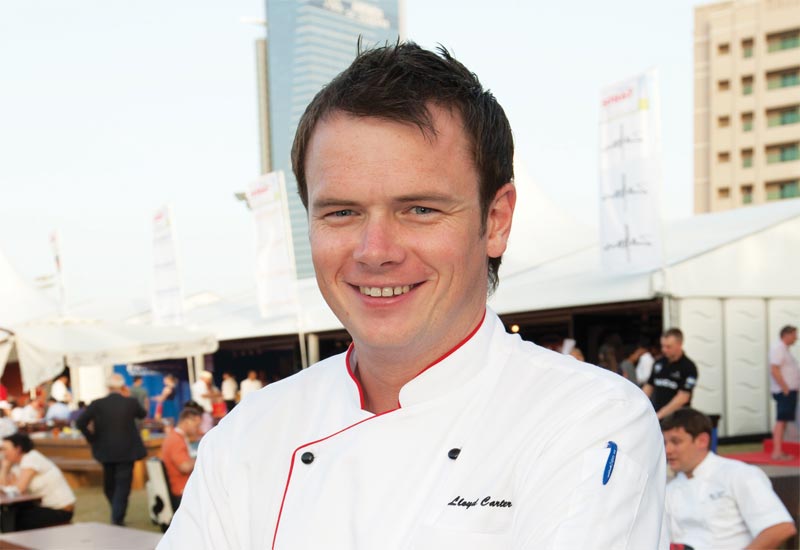Hitting the road
But it’s not just supplier countries that Carter has to travel to. With Jumeirah Restaurants inking deals with new territories at a fast rate, including Russia, Lebanon and, more recently, Morocco, there’s a lot of research that has to be done to get franchise menus engineered.
“On these kind of trips I arrive, check into the hotel and then hit the road to have a look at what’s around: what cuisine is popular; see what competition The Noodle House would have and take a couple of menus; try to understand operationally how they deliver their menus; then at the back end of the trip, when I’ve got a grasp on what the market is like, I spend time with key suppliers.”
Global trends
Carter needs to be in touch with international markets to keep The Noodle House menus on-trend, and it’s this which helps keep the brand constantly feeling new. “Health is big up there at the moment, in Europe,” he reveals. “Which is why we’ve introduced four new salads into our new menu: seared salmon and green mango (because mangos are in their prime at the moment); Thai beef salad with a nam jim dressing; and a crispy duck salad with hoisin and watermelon.

| Advertisement |
“And you’ll probably find salt reduction will be coming a trend soon. Already we operate as a non-msg brand, and we’re probably the only one that can state that all of our ingredients are non-msg. We also only use soya sauce and fish sauce to flavor our dishes, with no added salt.”
Carter, or the operations manager, also carries out a brand audit on each of the Noodle House franchise partners twice a year. “It’s something that’s taken very seriously,” he says. “We give the partners the tools to do the job, then it’s about making sure they have the support they need to roll out what the rest of the partners have done. It’s about policing and making sure they have the support.”
Carter, based in Dubai, also has to take into account international markets when coming up with new dishes: “90% of the main menu has to be suitable for the local and the international markets, then we give our partners a choice for 10% of the menu – it’s flexible for them so they can cater for local needs and tastes,” he concludes.









 Search our database of more than 2,700 industry companies
Search our database of more than 2,700 industry companies









